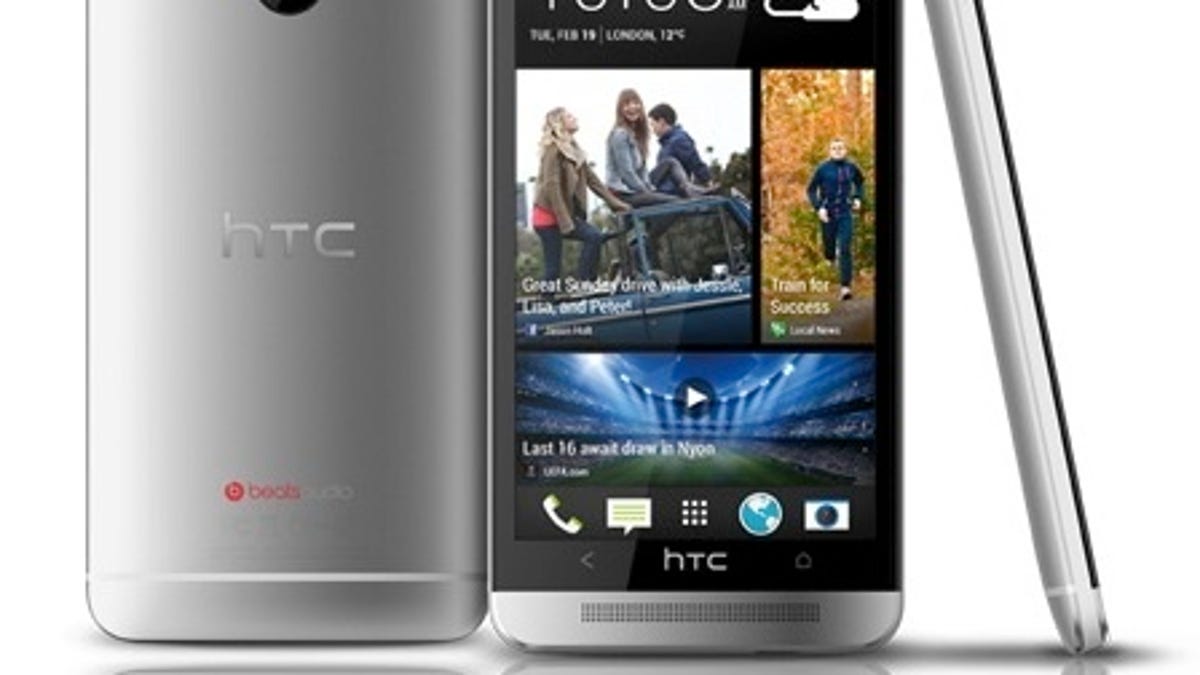HTC One takes display pixel density crown
The HTC One ups the ante on the iPhone 5, packing more pixels closer together than Apple's touted Retina technology.

The HTC One has taken the pixel density crown, leaving phones like Retina iPhone 5 in the dust.
First, to get a sense of the HTC One screen's density, a quick comparison to Microsoft's Surface Pro, which has also been praised for its display chops, puts this into perspective.
The Surface Pro packs a resolution of 1,920x1,080 into a 10.6-inch panel. One of the highest pixel densities (208 pixels per inch, to be exact) for a Windows 8 PC to date.
The HTC One packs that same resolution (1,920x1,080) into a 4.7-inch screen. That's more than 2 million pixels, yielding 468 pixels per inch (ppi).
"That makes it the current record holder for announced/shipping consumer products," Raymond Soneira, president of DisplayMate, told CNET.
Some products get close, though. Last summer, Sharp and LG announced a new class of very high-ppi displays with 440ppi, which is 1,920x1,080 in a 5-inch (phablet) size, Soneira added.
The first shipping product in the U.S. with this display is the HTC Droid DNA, which began shipping in December and it has a Sharp display, according to Soneira.
And other manufacturers including Samsung are working on this new format. LG is now also shipping a 440 ppi display, which, though a slightly lower pixel density, is "visually indistinguishable" from HTC One's display, he said.
Translation: More light can get through the closely packed pixels than conventional technology, leading to brighter very-high-resolution screens.
And what about the inevitable comparison to Apple's Retina display tech?
"Now 468 ppi is substantially higher than the iPhone 5's 326 ppi. What does that mean visually? In terms of what Apple calls a Retina Display (equivalent to 20/20 Vision), for 20/20 Vision, 10.5 inches is the viewing distance where the eye can just resolve the individual iPhone 326 ppi pixels for people with standard 20/20 Vision."
Soneira continues. "For 468 ppi, the 20/20 Vision pixel resolution distance is 7.4 inches -- much closer than a typical viewing distance for a 4.7 inch display. Watching further away from the minimum viewing distance means the eye can't resolve the pixels and so the high ppi is often wasted."
But not always. "The only place where [this]...level of sharpness is important is for computer generated text and graphics. Where 440 ppi [and above] will make a difference is when people are intently visually studying the display image for fine image details," he said.

